Integration-In-Totality: The 7th System Safety Principle Based on Systems Thinking in Aerospace Safety
Abstract
1. Introduction
2. System Safety Principles and the Seven-Principles-Framework
- (1)
- The fail-safe principle [22] mandates that the system design should prevent or mitigate the unsafe consequences of the failure of a system;
- (2)
- The safety margin principle [23] requires that features be put in place to maintain the operational conditions and the associated hazard level at some “distance” away from the estimated critical hazard threshold or accident-triggering threshold;
- (3)
- The ungraduated response principle [24] posits that the first course of action to explore for accident prevention and mitigation is the possibility of eliminating a hazard altogether, regardless of the extent of its belligerence, using creativity and technical ingenuity
- (4)
- (5)
- The observability-in-depth principle [26,27] requires that various features be put in place to observe and monitor for the system state and breaches of any safety barrier, and reliably provide this feedback to the operators, so that all safety-degrading events or states (that the safety barriers are meant to protect against) are observable.
- (1)
- (2)
- The integration-in-totality principle, which the authors expound in this article, requires that every aspect in a socio-technical system be integrated vertically and horizontally. Furthermore, it views, analyzes and understands the system bi-directionally along the continuum of three axes of perspective, perception, and performance, to have necessary cohesiveness in operations with convergence of purpose in safety.
3. Integration-In-Totality Principle and the Rubik’s Cube Model
4. Vertical and Horizontal Integration—A Key Tenet of Systems-Thinking
4.1. The Five Key Tenets of Systems Thinking
4.2. Need for Both Vertical and Horizontal Integration—The Case for Integration-In-Totality
5. Integration-In-Totality Principle—Three Concepts Constituting the Theoretical Foundation
5.1. The Axis of Perspective—Abstraction Hierarchy and the Macro-Meso-Micro Levels of Vertical Integration
5.2. The Axis of Performance—The Design-Control-Practice (DCP) Diagram
5.3. The Axis of Perception—The Role of Mental Models in Systems-Theoretic
6. The Axis of Perspective in Integration-In-Totality Principle, and the Macro-Meso-Micro Levels
6.1. Skill-Rule-Knowledge Framework and Macro-Meso-Micro Perspective Levels
6.2. Macro-Meso-Micro Perspectives in Different Contexts
6.3. The Micro-Meso-Macro Levels of the Axis of Perspective in a Typical Case Study
7. Axis of Perception—The Intent-Execution-Manifestation Pathway
7.1. The World of Perspectives and Perceptions
7.2. The Axis of Perception—Perceptions Vary
7.3. The Intent-Execution-Manifestation Continuum of the Axis of Perception in a Typical Case Study
8. Axis of Performance—The Design-Manufacture-Operation Continuum
8.1. The Axis of Performance—The Pathway for Improvement Processes
8.2. The Design-Manufacure-Operation Continuum of the Axis of Performance—A Case Study
9. The Quality-Reliability-Risk-Safety Paradigm
10. Integration-In-Totality Principle—Linkages to Systems Engineering and Airworthiness
10.1. The Integration-In-Totality Principle Represented in the V-Model of Systems Engineering
10.2. The Systems Engineering Process and the Macro-Meso-Micro Levels of ‘Axis of Perspective’
10.3. The Systems Engineering Process and the Intent-Execution-Manifestation of ‘Axis of Perception’
10.4. The Systems Engineering Process and the Design-Manufacture-Operation Path of ‘Axis of Performance’
10.5. Integration-In-Totality Principle in Airworthiness Certification
11. Integration-In-Totality Principle—Linkage to Risk Management
11.1. Risk Management and System Safety
11.2. Risk Management along the Axes of Perspective, Perception and Performance
12. Integration-In-Totality Principle—Linkage to Strategic Quality Management
12.1. Strategic Quality Management—A Convergence Concept
12.2. Integration-In-Totality Principle and Strategic Quality Management
13. Conclusions
Author Contributions
Funding
Acknowledgments
Conflicts of Interest
References
- Thomas, J.; Davis, A.; Samuel, M.P. Strategic Quality Management of Aero Gas Turbine Engines, Applying Functional Resonance Analysis Method. In Proceedings of the National Aerospace Propulsion Conference; Mistry, C.S., Kumar, S.K., Raghunandan, B.N., Sivaramakrishna, G., Eds.; Lecture Notes in Mechanical Engineering; Springer: Singapore, 2021; pp. 65–91. Available online: https://doi.org/10.1007/978-981-15-5039-3_4 (accessed on 31 August 2020).
- Thomas, J.; Davis, A.; Samuel, M.P. Quality–Reliability–Risk–Safety Paradigm—Analyzing Fatigue Failure of Aeronautical Components in Light of System Safety Principles. In Fatigue, Durability, and Fracture Mechanics; Seetharamu, S., Jagadish, T., Malagi, R.R., Eds.; Lecture Notes in Mechanical Engineering; Springer: Singapore, 2021; pp. 267–304. Available online: https://doi.org/10.1007/978-981-15-4779-9_18 (accessed on 8 October 2020).
- Sachs, N.W.; Beckman, M. Figuring out why Things Breakdown. In Tribology & Lubrication Technology; STLE, Society of Tribologists and Lubrication Engineers: Park Ridge, IL, USA, 2019; pp. 38–45. [Google Scholar]
- Latino, M.A.; Latino, R.J.; Latino, K. Root Cause Analysis: Improving Performance for Bottom-Line Results, 4th ed.; CRC Press: Boca Raton, FL, USA, 2011; ISBN 978143950923. [Google Scholar]
- Hulme, A.; Stanton, N.A.; Walker, G.H.; Waterson, P.; Salmon, P.M. What do applications of systems thinking accident analysis methods tell us about accident causation? A systematic review of applications between 1990 and 2018. Saf. Sci. 2019, 117, 164–183. [Google Scholar] [CrossRef]
- Saleh, J.H.; Marais, K.B.; Favarò, F.M. System safety principles: A multidisciplinary engineering perspective. J. Loss Prev. Process. Ind. 2014, 29, 283–294. [Google Scholar] [CrossRef]
- Gnoni, M.G.; Saleh, J.H. Near-Miss Management Systems and Observabiliy-in-Depth: Handling Safety Incidents and Accident Precursors in Light of Safety Principles. Saf. Sci. 2017, 91, 154–167. [Google Scholar] [CrossRef]
- International Civil Aviation Organisation (ICAO). Safety Management Manual (SMM), Doc. 9859, 4th ed.; ICAO Headquarters: Montreal, QC, Canada, 2018. [Google Scholar]
- FAA Air Traffic Organisation. Safety Management System Manual April 2019; Federal Aviation Administration: Richmond, VA, USA, 2019.
- Waterson, P.; le Coze, J.-C.; Andersen, H.B. Recurring themes in the legacy of Jens Rasmussen. Appl. Ergon. 2017, 59, 471–482. [Google Scholar] [CrossRef] [PubMed]
- Rasmussen, J. Skills, rules, and knowledge; signals, signs, and symbols, and other distinctions in human performance models. IEEE Trans. Syst. Man Cybern. 1983, 257–266. [Google Scholar] [CrossRef]
- Rasmussen, J.; Vicente, K.J. Coping with human errors through system design: Implications for ecological interface design. Int. J. Man-Mach. Stud. 1989, 31, 517–534. [Google Scholar] [CrossRef]
- Rasmussen, J.; Svedung, I. Proactive Risk Management in a Dynamic Society; Swedish Rescue Services Agency: Karlstad, Sweden, 2000; ISBN 91-7253-084-7.
- Le Coze, J.C. Reflecting on Jens Rasmussen’s legacy. A strong program for a hard problem. Saf. Sci. 2015, 71, 123–141. [Google Scholar] [CrossRef]
- Stoop, J.; de Kroes, J.; Hale, A. Safety science, a founding fathers’ retrospection. Saf. Sci. 2017, 94, 103–115. [Google Scholar] [CrossRef]
- Stoop, J.A. Safety: A system state or property? J. Saf. Stud. 2016, 2. [Google Scholar] [CrossRef]
- Stoop, J.A.; Dechy, N.; Dien, Y.; Tulonen, T. Past and Future in Accident Prevention and Learning: Single Case or Big Data? In Proceedings of the ESReDA 50th Seminar, Sevilla, Spain, 18–19 May 2016. [Google Scholar]
- Stoop, J.A.; van der Burg, R. From Factor to Vector, a System Engineering Design Perspective on Safety. Ph.D. Thesis, Delft University of Technology, Delft, The Netherlands, January 2014. [Google Scholar]
- Leveson, N.G. Applyng systems thinking to analyze and learn from events. Saf. Sci. 2011, 49, 55–64. [Google Scholar] [CrossRef]
- Leveson, N.G. Engineering a Safer World: Systems Thinking Applied to Safety; MIT Press: Cambridge, MA, USA, 2011; ISBN 978-0-262-01662–9. [Google Scholar]
- Leveson, N.G.; Stephanopoulos, G. A system-theoretic, control-inspired view and approach to process safety. AIChE J. 2013, 60, 2–14. [Google Scholar] [CrossRef]
- Saleh, J.; Marais, K.; Bakolas, E.; Cowlagi, R. Highlights from the literature on accident causation and system safety: Review of major ideas, recent contributions, and challenges. Reliab. Eng. Syst. Saf. 2010, 95, 1105–1116. [Google Scholar] [CrossRef]
- Favarò, F.M.; Saleh, J.H. Toward risk assessment 2.0: Safety supervisory control and model-based hazard monitoring for risk-informed safety interventions. Reliab. Eng. Syst. Saf. 2016, 152, 316–330. [Google Scholar] [CrossRef][Green Version]
- Saleh, J.H.; Geng, F.; Ku, M.; Walker, M.L. Electric propulsion reliability: Statistical analysis of on-orbit anomalies and comparative analysis of electric versus chemical propulsion failure rates. Acta Astronaut. 2017, 139, 141–156. [Google Scholar] [CrossRef]
- Cowlagi, R.V.; Saleh, J.H. Co-Ordinability and Consistency in Accident Causation and Prevention: Formal System Theoretic Concepts for Safety in Multilevel Systems. Risk Anal. 2013, 33, 420–433. [Google Scholar] [CrossRef]
- Bakolas, E.; Saleh, J.H. Augmenting defense-in-depth with the concepts of observability and diagnosability from Control Theory and Discrete Event Systems. Reliab. Eng. Syst. Saf. 2011, 96, 184–193. [Google Scholar] [CrossRef]
- Favaro, F.M.; Saleh, J.H. Observabilit-in-Depth: An Essential Complement to the Defence-in-Depth Safety Strategy in the Nuclear Industry. Nuclear Eng. Technol. 2014, 46, 1–14. [Google Scholar] [CrossRef]
- Shanmugam, A.; Robert, T.P. Human factors engineering in aircraft maintenance: A review. J. Qual. Maint. Eng. 2015, 21, 478–505. [Google Scholar] [CrossRef]
- Grant, E.; Salmon, P.M.; Stevens, N.J.; Goode, N.; Read, G.J. Back to the future: What do accident causation models tell us about accident prediction? Saf. Sci. 2018, 104, 99–109. [Google Scholar] [CrossRef]
- Dekker, S.W.A. Why We Need New Accident Models; Technical Report 2005-02; Lund University School of Aviation: Lund, Sweden, 2015. [Google Scholar]
- Dekker, S.W.; Pruchnicki, S. Drifting into failure: Theorising the dynamics of disaster incubation. Theor. Issues Ergon. Sci. 2013, 15, 534–544. [Google Scholar] [CrossRef]
- Hollnagel, E. FRAM: The Functional Resonance Analysis Method: Modelling Complex. Socio-Technical Systems; Ashgate Publishing Limited: Surrey, UK, 2012; ISBN 978-1-4094-4551-7. [Google Scholar]
- Deloitte. 10 Moves to Make Moments Matter; Deloitte Development LLC: London, UK, 2017. [Google Scholar]
- Our Perception of Truth Depends on Our Viewpoint 2.0. 2016. Available online: https://imgur.com/gallery/obWzGjY (accessed on 31 August 2020).
- Comittee on Transportation and Infrastructure. The Design, Development & Certification of the Boeing 737 MAX; Final Committee Report; Comittee on Transportation and Infrastructure: Washington, DC, USA, September 2020.
- National Transportation Safety Board. Assumptions Used in the Safety Assessment Process and the Effects of Multiple Alerts and Indications on Pilot Performance; Safety Commission Report; National Transportation Safety Board: Washington, DC, USA, 2019.
- NASA. Chapter 2: The Systems Engineering (SE) Process. National Aeronautics and Space Administration. Available online: https://www.nasa.gov/pdf/598887main_Auburn_PowerPoints_SE.pdf (accessed on 31 August 2020).
- Thomas, J.; Davis, A.; Samuel, M.P. Aerospace Organizational Excellence: Quality System Standards and Global Best Practices. In Proceedings of the CSDO Golden Jubilee Seminar on Excellence through Maintainability in Aviation, Bengaluru, India, 13–14 December 2018. [Google Scholar]
- Thomas, J.; Davis, A.; Samuel, M.P. Strategic Quality Management and Risk-Based Thinking. J. Aerospace Qual. Reliabil. 2019, 7, 1–6. [Google Scholar]
Publisher’s Note: MDPI stays neutral with regard to jurisdictional claims in published maps and institutional affiliations. |
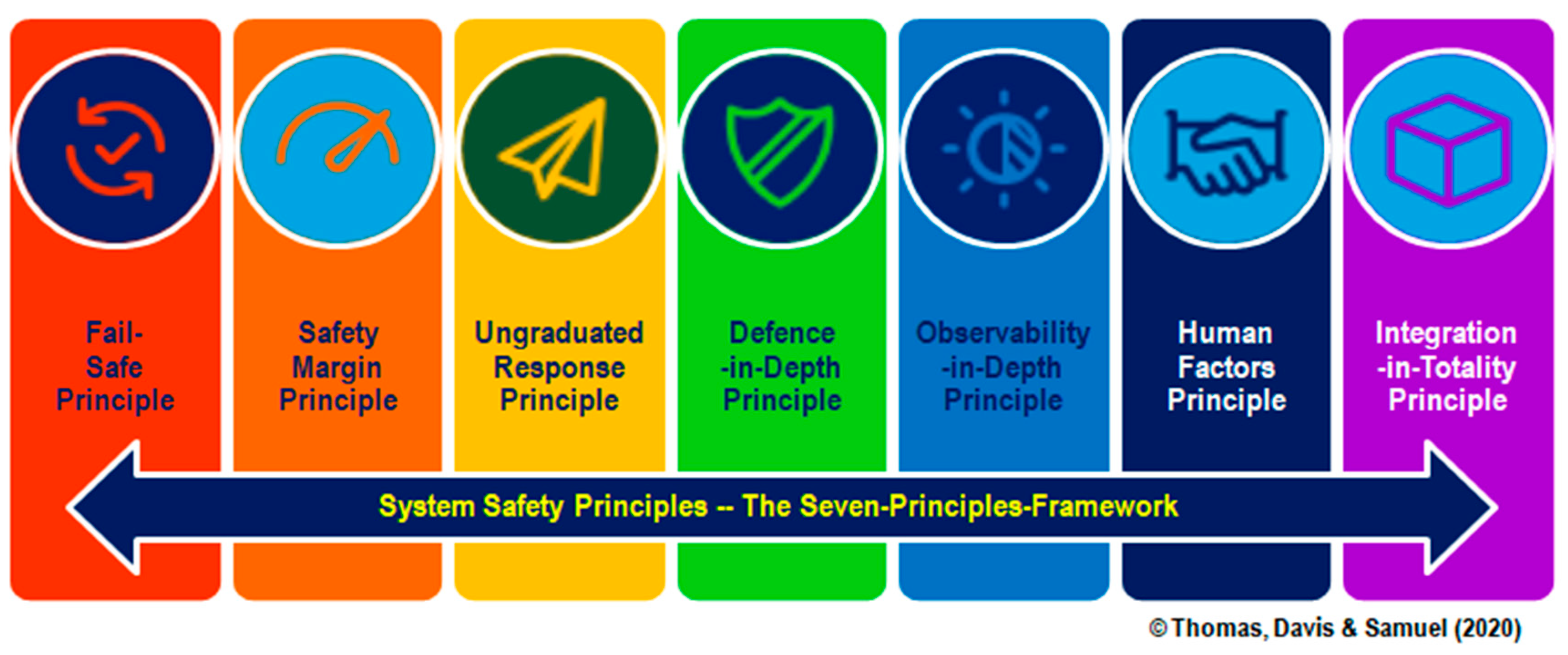

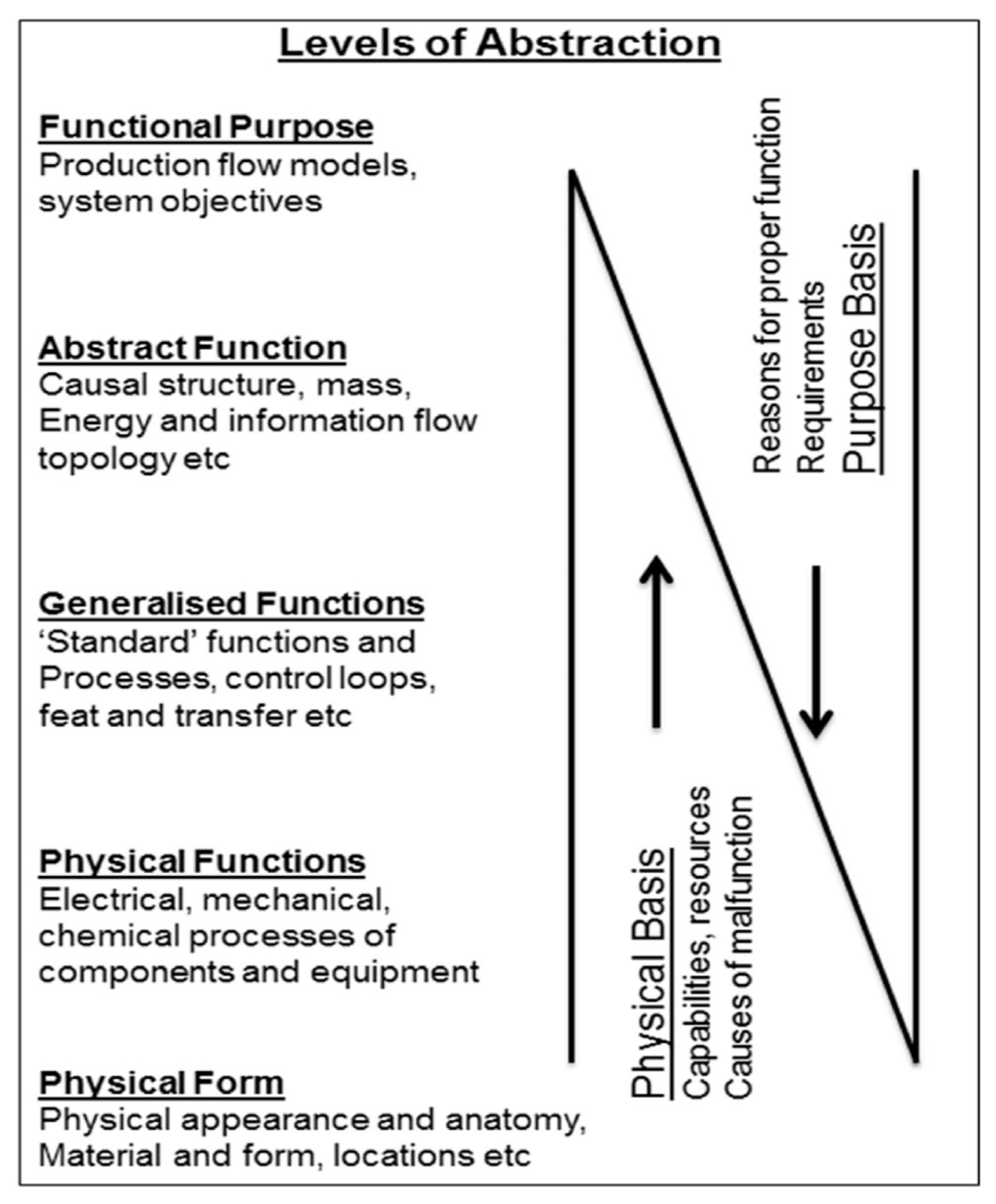
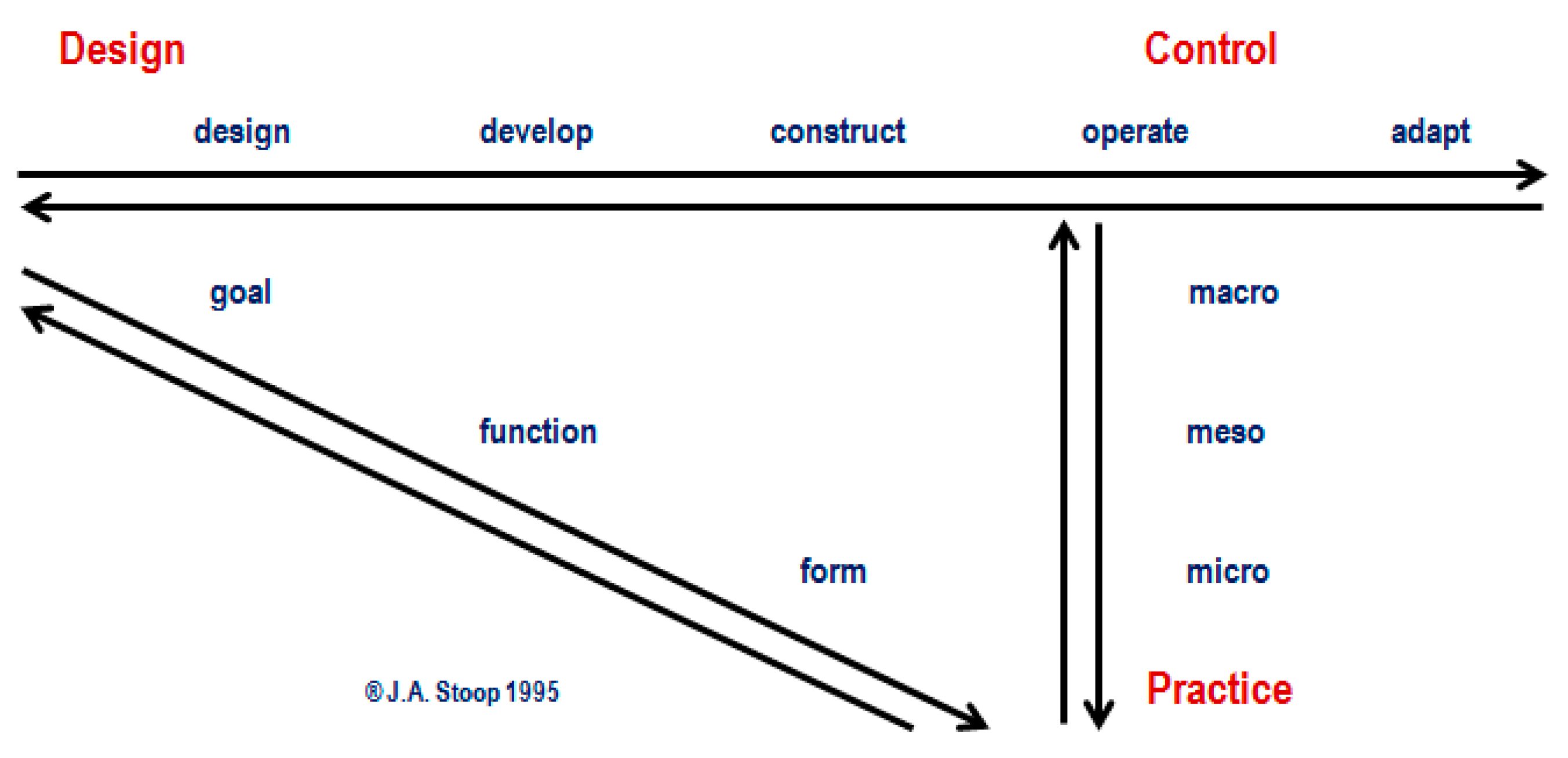
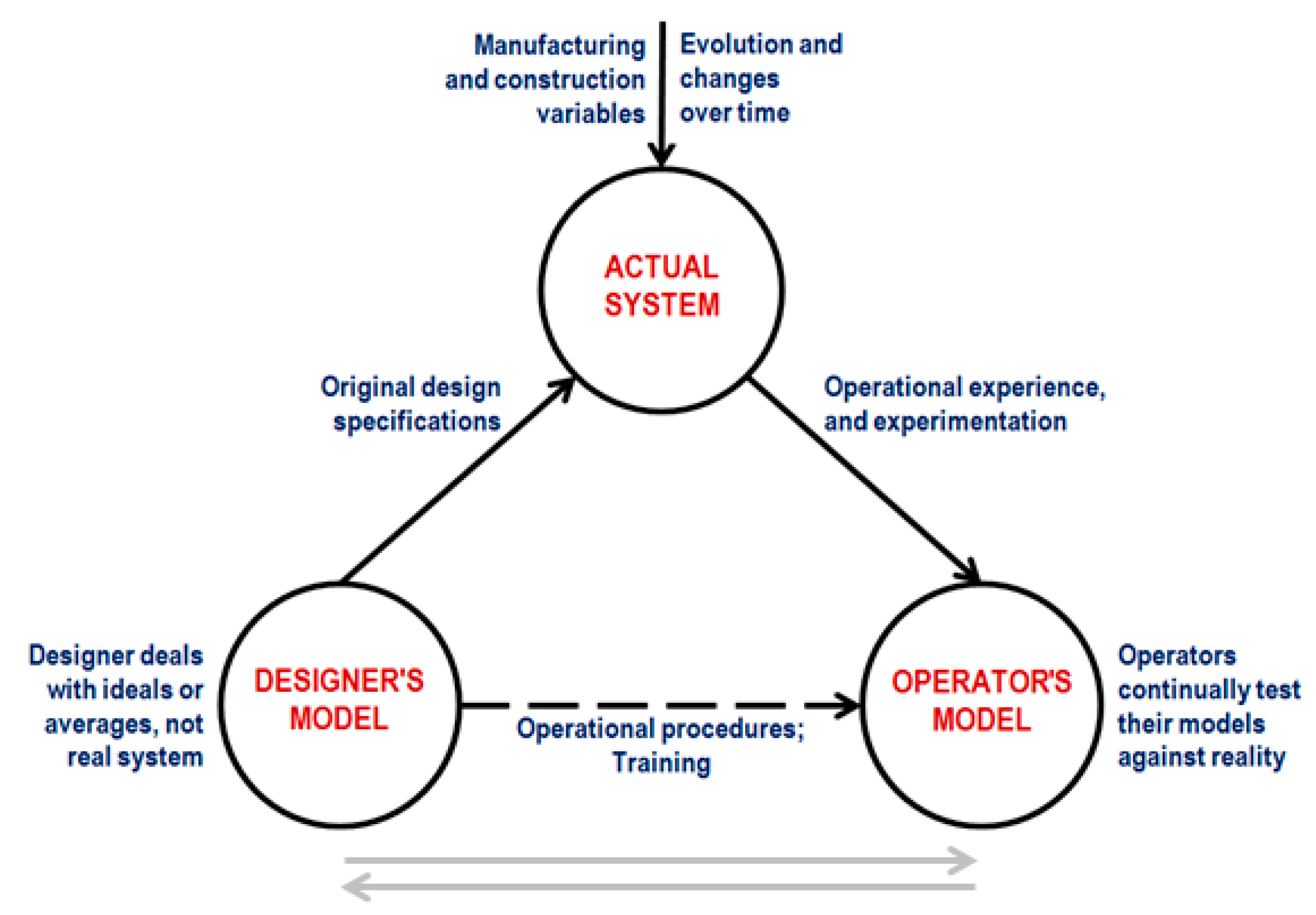


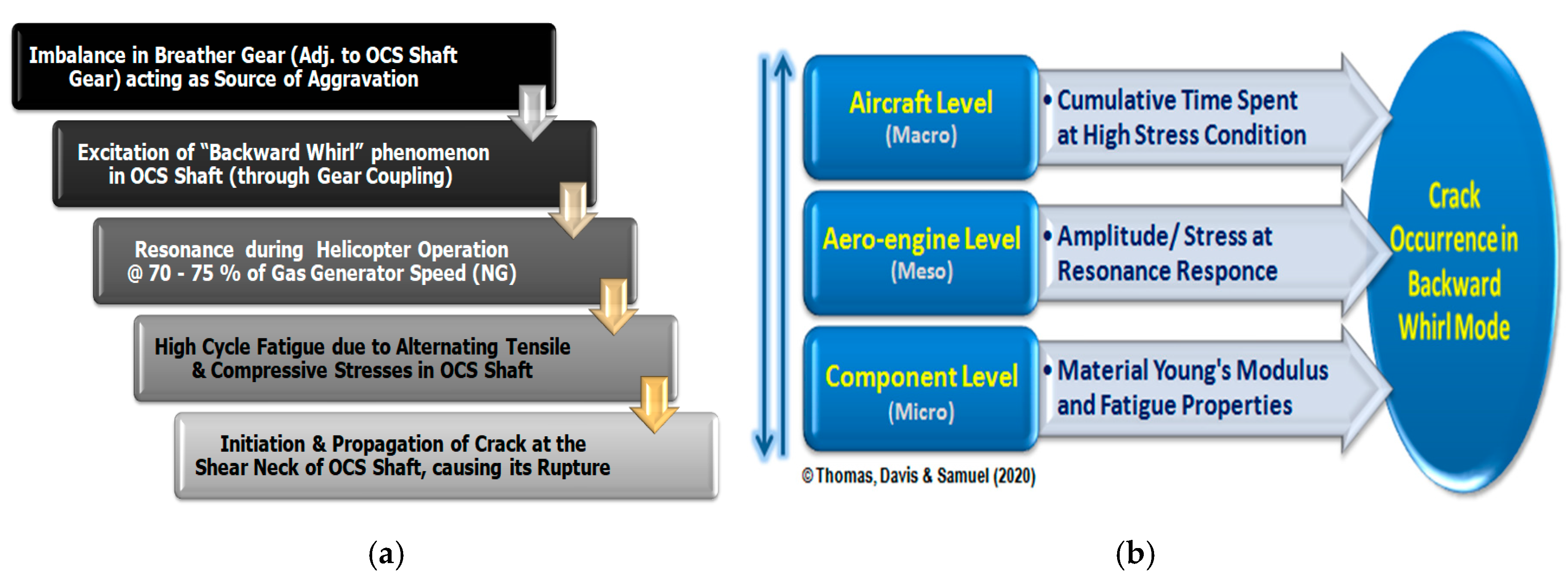

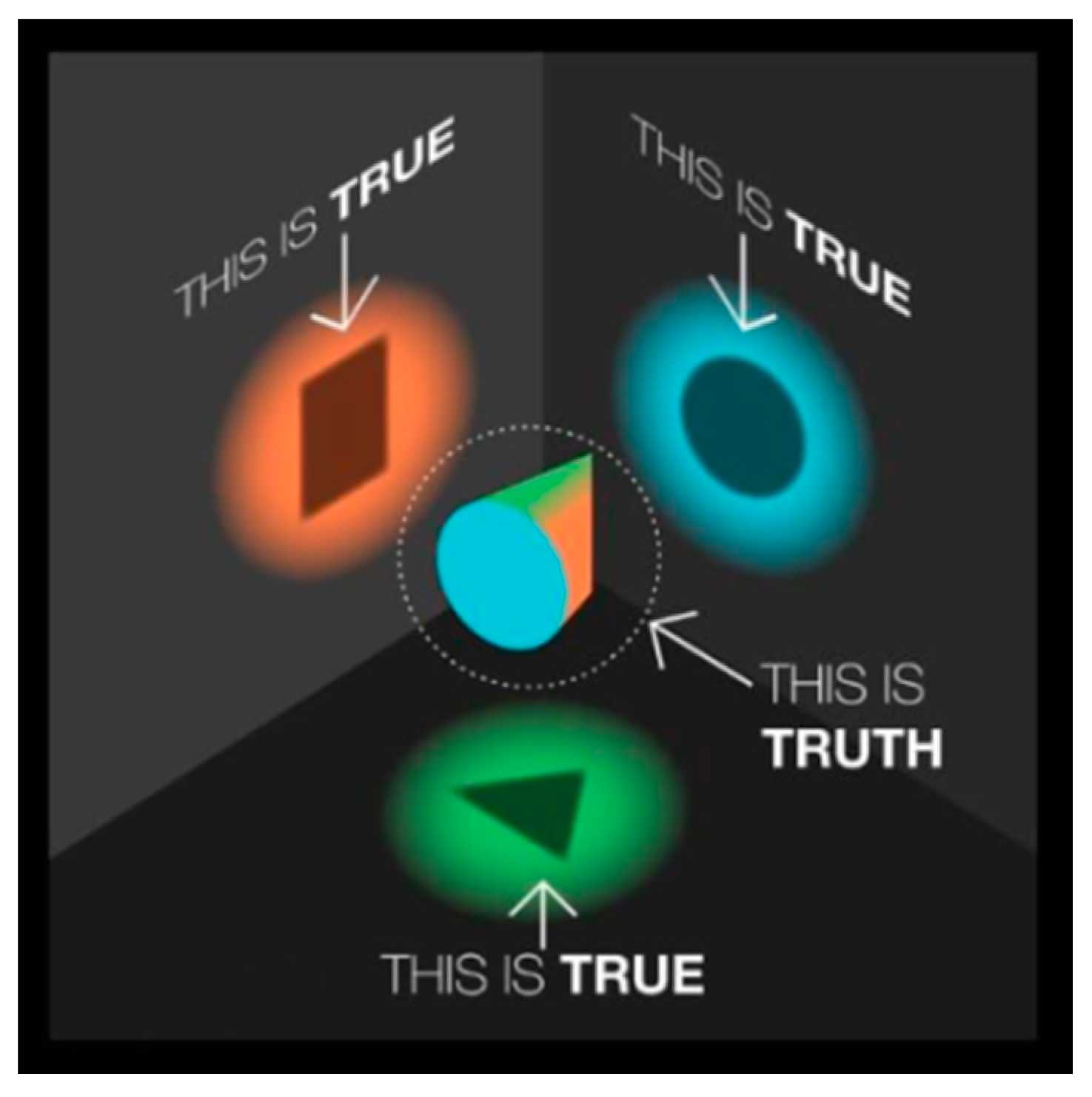
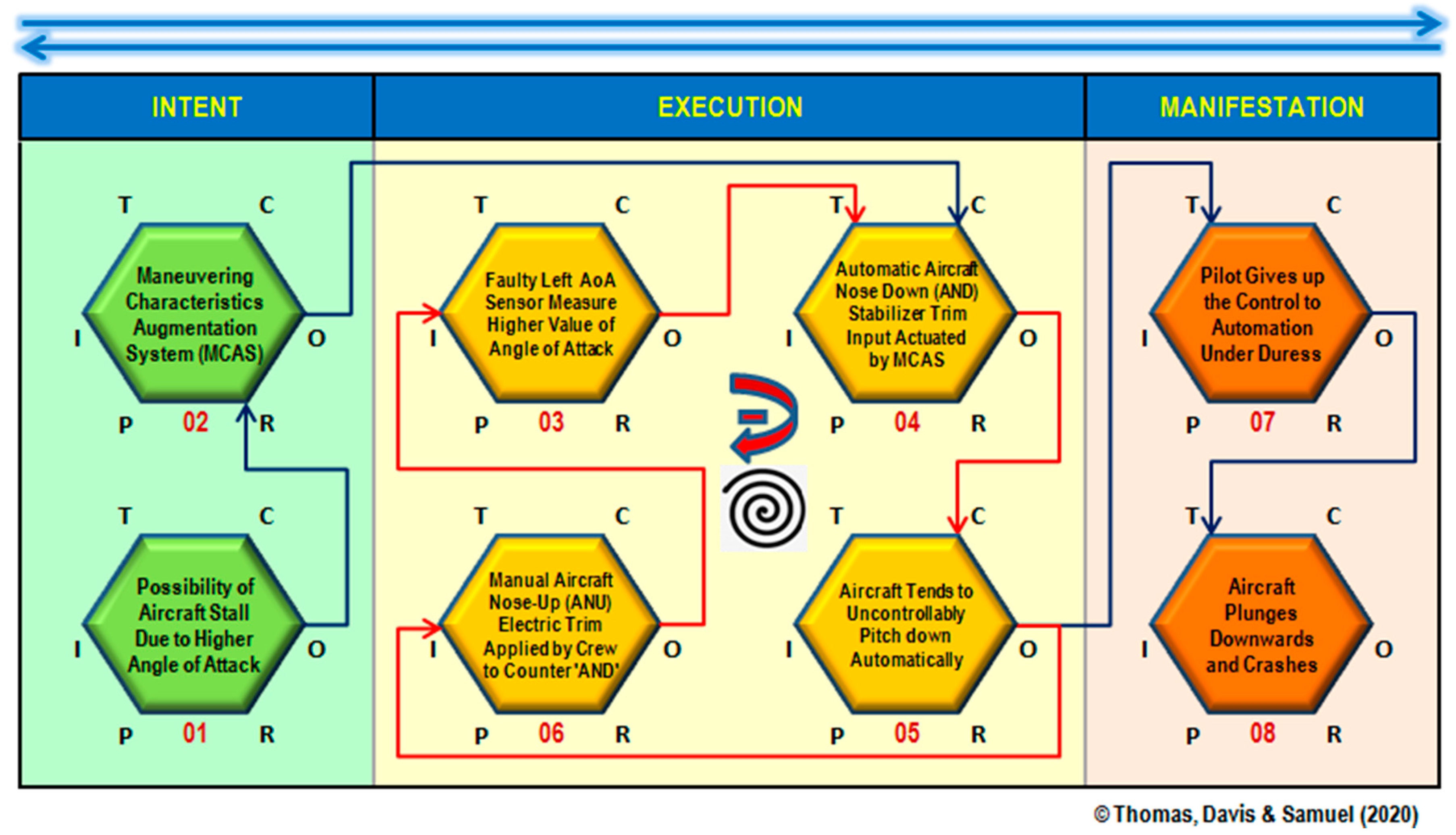
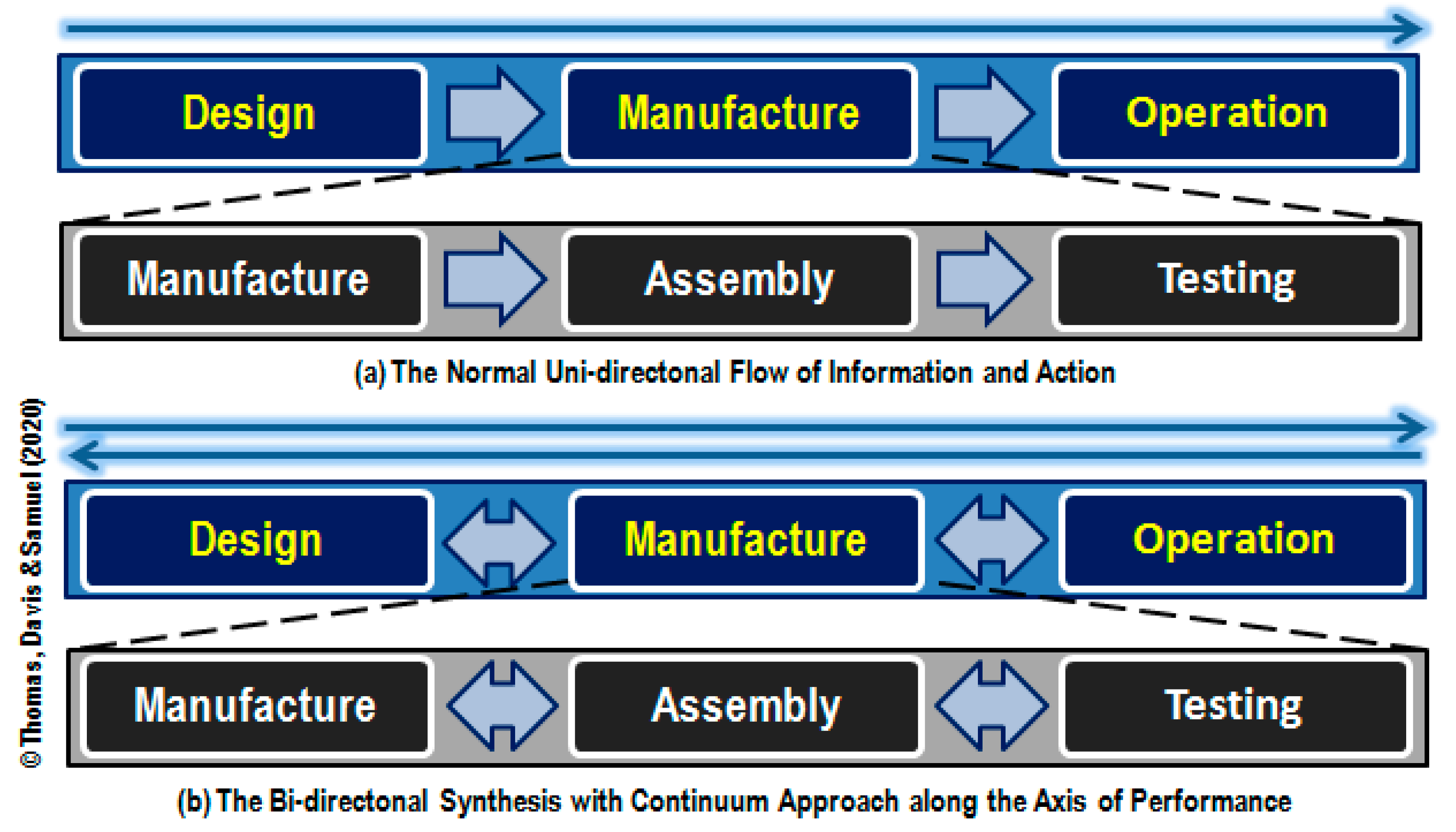
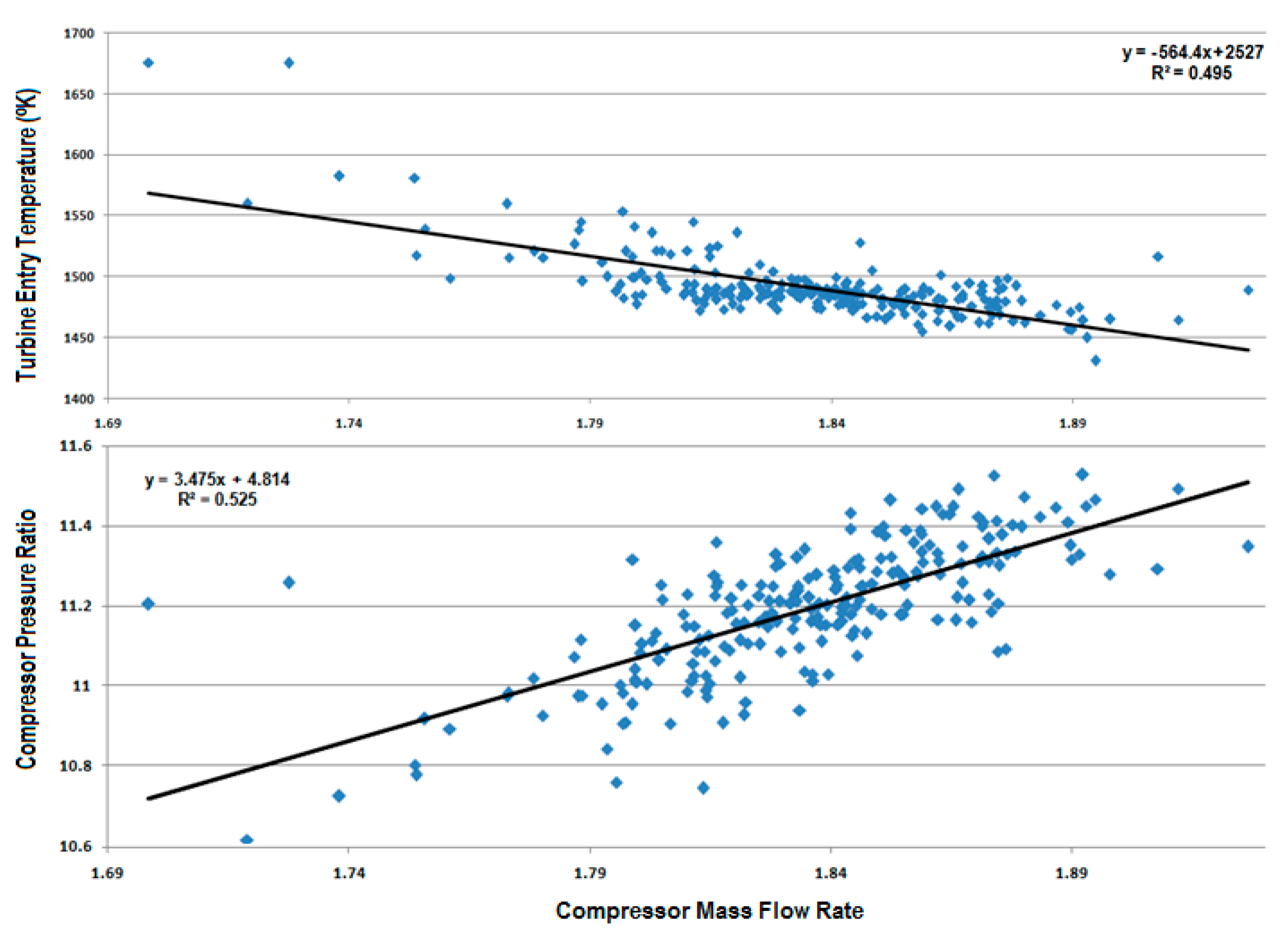
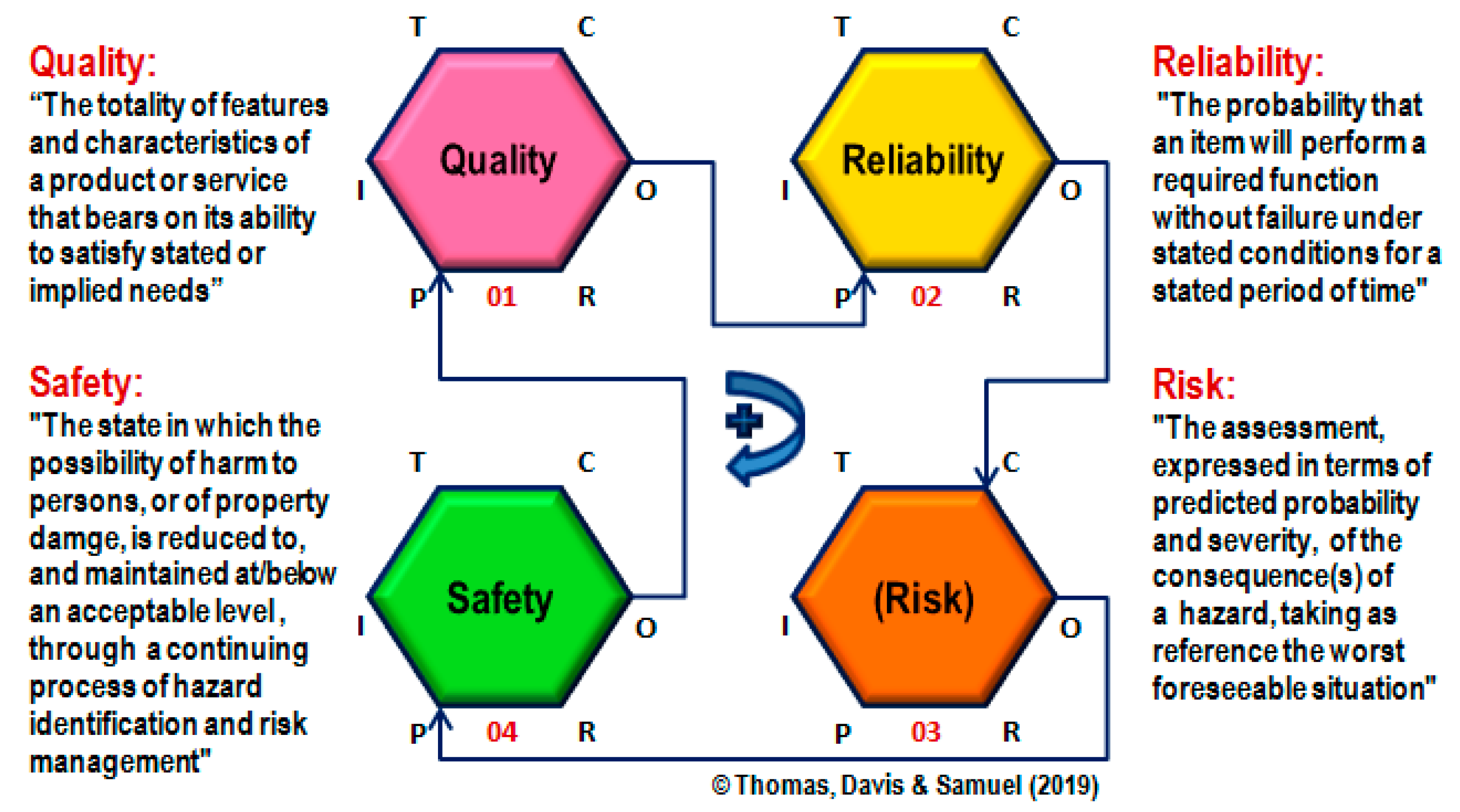
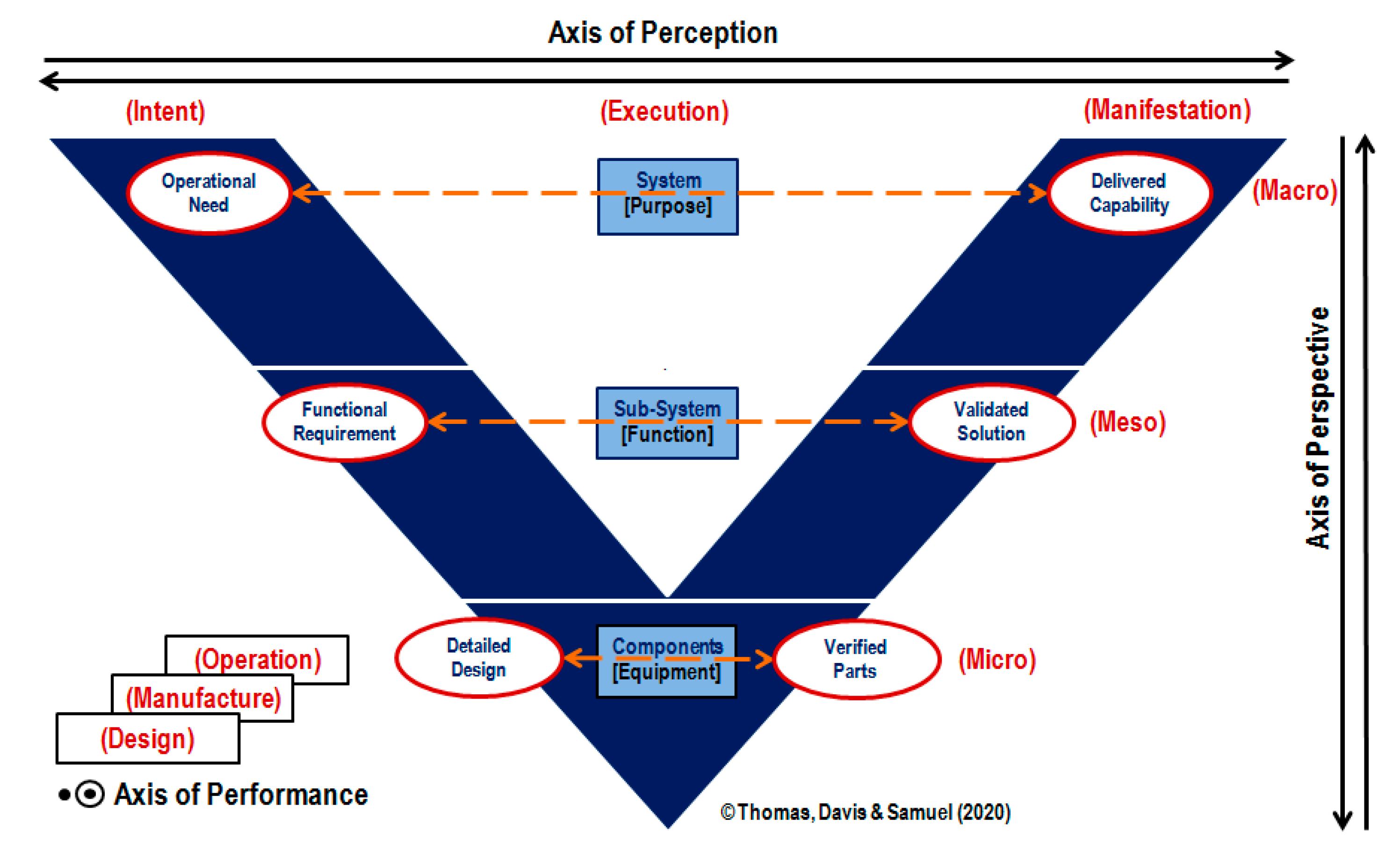
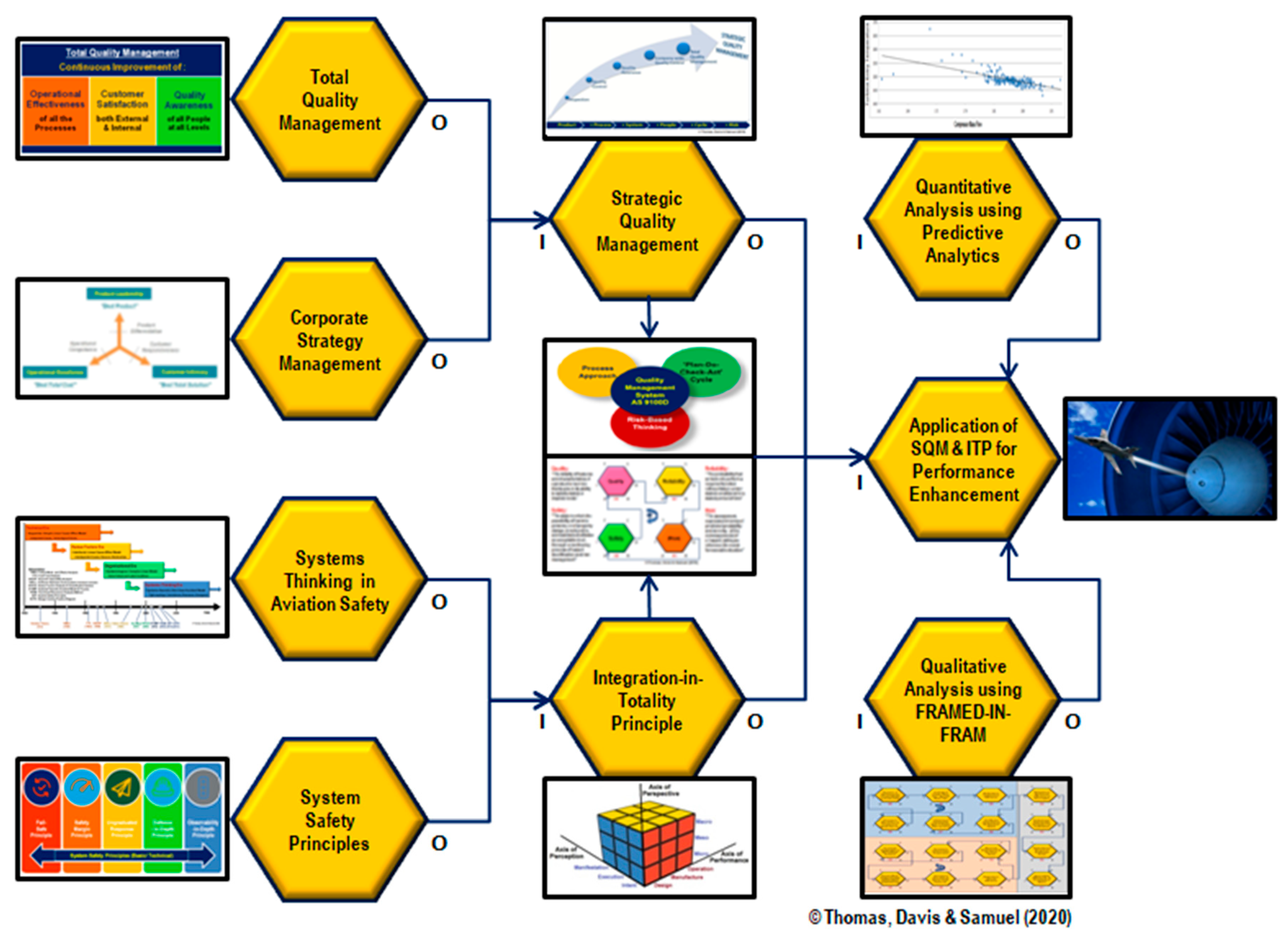
| S/N | The Fifteen Basic Systems-Thinking Tenets Identified by Grant et al. (2018), with their Description | Consolidated Set of “Five Key Tenets of Systems-Thinking” | “System Safety Principles” Corresponding to the Key Systems Thinking Tenets | |
|---|---|---|---|---|
| 1 | Unruly Technologies | Unforeseen and unpredictable behaviours of new technologies that are introduced into the system | Complex and Unruly Technologies | Fail-Safe Principle Margin-of-Safety Principle Ungraduated-Response Principle Defence-in-Depth Principle Observability-in-Depth Principle |
| Constraints | System elements that impose limits on, or influence, the behaviour of other system elements to ensure safe operation | |||
| 2 | Non-linear Interactions | Complex interactions that produce dynamic unpredictable sequences and outcomes | Non-linear Interactions and Emergence | Fail-Safe Principle Margin-of-Safety Principle Ungraduated-Response Principle Defence-in-Depth Principle Observability-in-Depth Principle Human-Factors Principle |
| Dependence on Initial conditions | Characteristics of the original state of the system that are amplified throughout and alters the way the system operates at a later point in time | |||
| Emergence | Outcomes that result from the interactions between elements in the system that cannot be fully explained by examining the elements alone | |||
| Linear Interactions | Direct and predictable cause and effect relationships between system elements and production sequences | |||
| 3 | Performance Variability | System elements change performance and behaviour to meet the conditions in the world and environment in which the system works | Performance Variability and Functional Resonance | Fail-Safe Principle Margin-of-Safety Principle Ungraduated-Response Principle Defence-in-Depth Principle Observability-in-Depth Principle Human-Factors Principle |
| Contribution of the Protective Structure | The formal and organized structure intended to protect and optimize system safety, but instead competes for resources with negative effects [ETTO Principle] | |||
| Decrementalism | Minor modifications to system elements and/or normal performances that gradually create a significant change with safety risks [Normalization of Deviance] | |||
| Normal Performance | The way that activities are actually performed within a system [Work-as-Done], regardless of formal rules and procedures [Work-as-Imagined] | |||
| 4 | Functional Dependencies | Necessary relationships and path dependence between tightly coupled system elements (i.e., components that serve a functional purpose) | Functional Dependencies and Control-Feedback | Fail-Safe Principle Margin-of-Safety Principle Ungraduated-Response Principle Defence-in-Depth Principle Observability-in-Depth Principle Human-Factors Principle |
| Coupling | The degree or ‘tightness’ and interconnectivity of the interactions that exist between system elements | |||
| Modularity | Sub-systems and elements that interact but are designed and operated independently of each other | |||
| Feedback loops | Communication structure and information flow to evaluate control requirements of hazardous processes | |||
| 5 | Vertical Integration | Interaction between elements across levels of the system hierarchy | Vertical and Horizontal Integration | Integration-in-Totality Principle (Newly introduced) |
© 2020 by the authors. Licensee MDPI, Basel, Switzerland. This article is an open access article distributed under the terms and conditions of the Creative Commons Attribution (CC BY) license (http://creativecommons.org/licenses/by/4.0/).
Share and Cite
Thomas, J.; Davis, A.; Samuel, M.P. Integration-In-Totality: The 7th System Safety Principle Based on Systems Thinking in Aerospace Safety. Aerospace 2020, 7, 149. https://doi.org/10.3390/aerospace7100149
Thomas J, Davis A, Samuel MP. Integration-In-Totality: The 7th System Safety Principle Based on Systems Thinking in Aerospace Safety. Aerospace. 2020; 7(10):149. https://doi.org/10.3390/aerospace7100149
Chicago/Turabian StyleThomas, Johney, Antonio Davis, and Mathews P. Samuel. 2020. "Integration-In-Totality: The 7th System Safety Principle Based on Systems Thinking in Aerospace Safety" Aerospace 7, no. 10: 149. https://doi.org/10.3390/aerospace7100149
APA StyleThomas, J., Davis, A., & Samuel, M. P. (2020). Integration-In-Totality: The 7th System Safety Principle Based on Systems Thinking in Aerospace Safety. Aerospace, 7(10), 149. https://doi.org/10.3390/aerospace7100149





